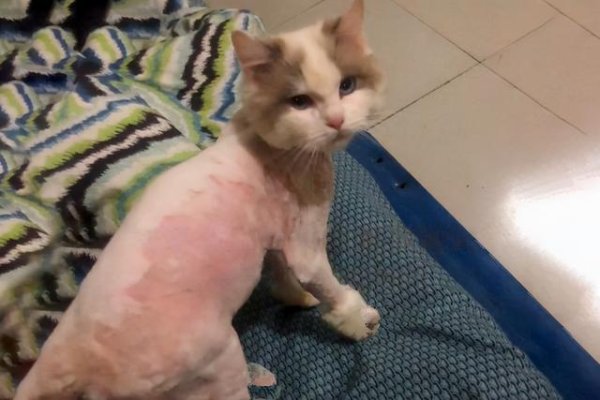What should I do if a cat has ringworm? What should I do if a cat has ringworm?
Ringworm is a skin disease caused by a fungal infection. Although its name contains the word "ringtinea" , cat ringworm is not the same as humans suffer from. Ringworm usually manifests itself as round, dry, hair-degraded areas of the affected skin, which appear gray or yellowish-brown.

Usually, the cat's head, back and legs are the primary sites of tinea tract. If your cat has similar symptoms, you should take it to the veterinarian for examination as soon as possible.

The main cause of ringworm is caused by a fungal infection called phytonworm. The fungus can be spread from infected cats or other animals, or from contaminated surfaces in the environment.
In addition, cats have weaker immune systems than those of humans or other animals, so cats are more likely to be infected with ringworm. The best way to treat ringworm is to seek medical treatment early and follow the treatment options recommended by the veterinarian.
Usually, a veterinarian will prescribe some medication to a cat, such as antifungal or topical ointment. In addition, veterinarians may also require infected cats to be isolated from other pets to prevent further spread of the disease. In addition, there are many preventive measures that can help reduce the risk of cats getting ringworm.
First, it is extremely important to regularly wash and clean cats' beds and toys. Secondly, pay attention to observing the cat's health and take the cat to the veterinarian to receive the necessary vaccine in time. Finally, during the high incidence of ringworm in cats, try not to let cats come into contact with other wild animals.












